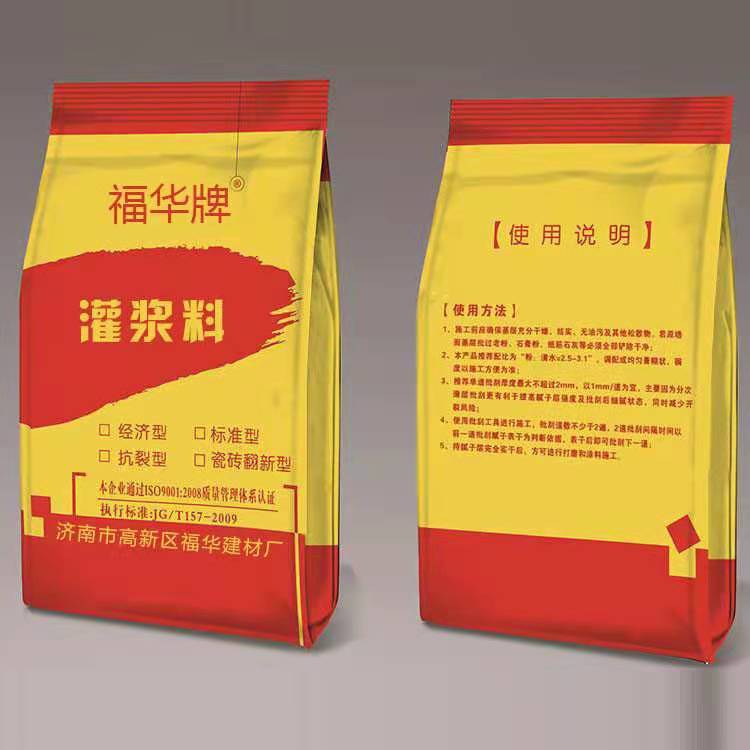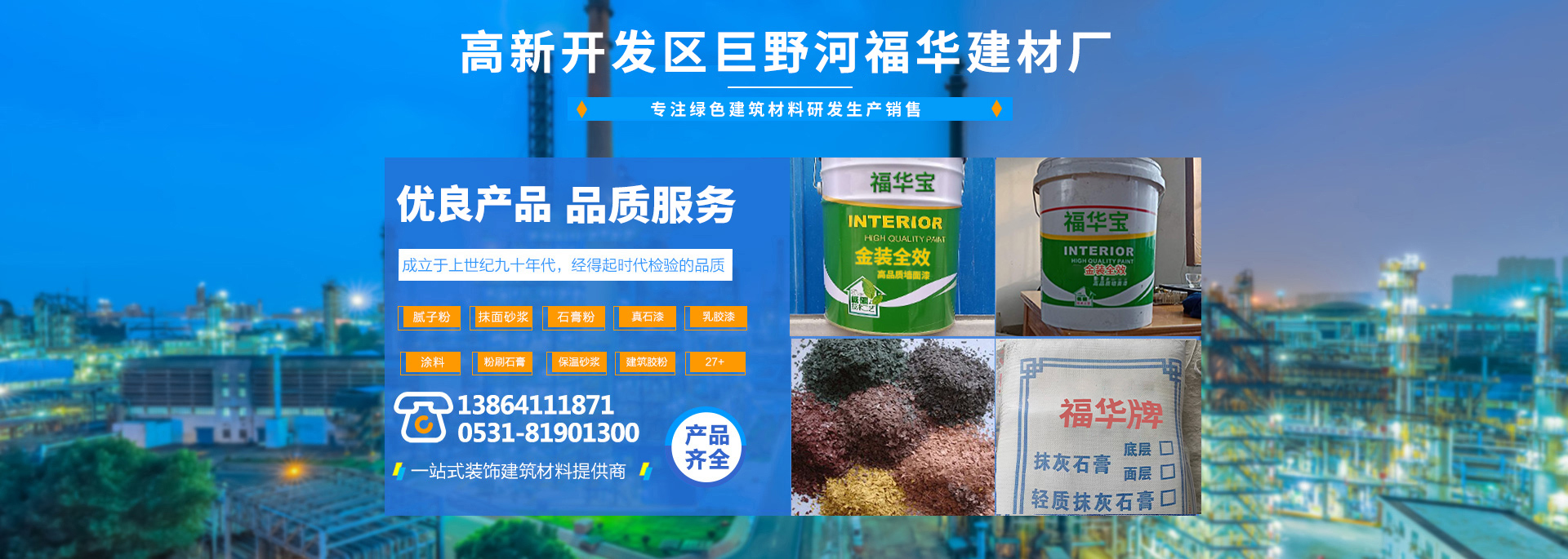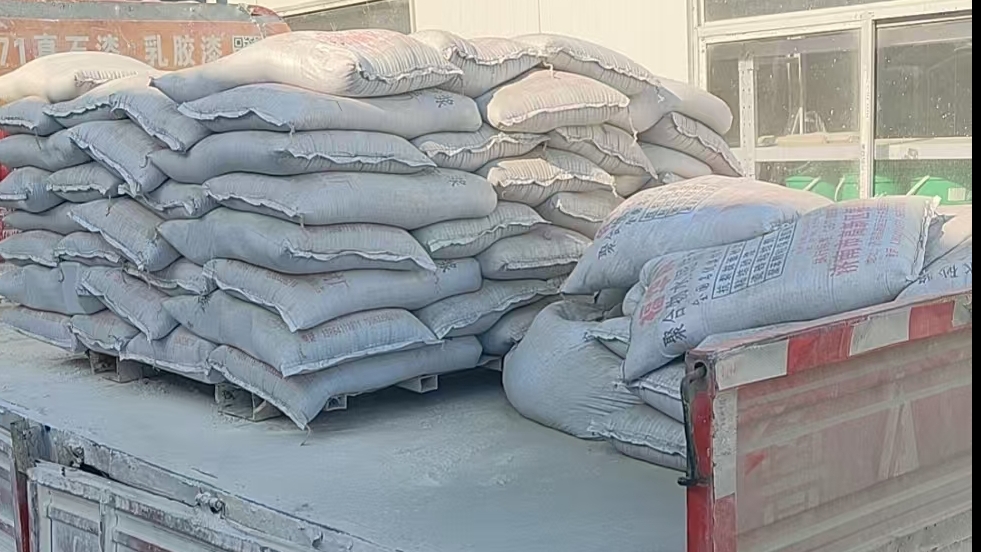济南抹面砂浆 “完工答卷”:后续粘贴有何讲究?
来源:https://www.jnfhjc.com 日期:2025-07-02 发布人:
在济南的建筑施工中,抹面砂浆施工就像是给墙面打造了一层基础 “画布”。当这层 “画布” 绘制完成后,不少人会好奇:能否在上面粘贴其他材质的东西?答案并非简单的 “能” 或 “不能”,而是需要综合考量砂浆的干燥程度、墙面平整度、粘贴材质特性等多方面因素,只有满足相应条件,才能确保后续粘贴牢固、持久。
In the construction of buildings in Jinan, plastering mortar construction is like creating a basic "canvas" for the walls. After this "canvas" is drawn, many people will be curious: can other materials be pasted on top? The answer is not simply 'yes' or' no ', but requires comprehensive consideration of various factors such as the dryness of the mortar, the flatness of the wall surface, and the characteristics of the adhesive material. Only by meeting the corresponding conditions can the subsequent adhesive be firm and durable.
首先,抹面砂浆的干燥程度是决定能否粘贴其他材质的关键前提。济南气候四季分明,夏季高温多雨,空气湿度较大,冬季寒冷干燥,不同的气候条件会影响砂浆的干燥速度。一般来说,新施工的抹面砂浆需要一定时间充分干燥固化,才能具备足够的强度和稳定性。在夏季,可能需要等待 7 - 10 天,而在冬季,由于气温低、水分蒸发慢,干燥时间可能延长至 14 天甚至更久。判断砂浆是否干燥不能仅靠肉眼观察表面,还需借助专业工具或方法,比如用湿度检测仪测量砂浆内部湿度,当湿度降至一定标准(通常在 10% 以下),或者敲击墙面,声音清脆且无空鼓感,才表明砂浆已基本干燥,适合进行后续粘贴工作。若在砂浆未干燥透时就粘贴其他材质,残留的水分会导致粘贴材料与砂浆层之间粘结不牢,随着时间推移,容易出现脱落现象。
Firstly, the dryness of the plastering mortar is a key prerequisite for determining whether other materials can be pasted. Jinan has a distinct climate with four seasons. The summer is hot and rainy, the air humidity is high, and the winter is cold and dry. Different climate conditions can affect the drying speed of mortar. Generally speaking, newly constructed plastering mortar needs a certain amount of time to fully dry and solidify in order to have sufficient strength and stability. In summer, it may take 7-10 days to wait, while in winter, due to low temperatures and slow water evaporation, the drying time may be extended to 14 days or even longer. Judging whether the mortar is dry cannot rely solely on visual observation of the surface, but also requires the use of professional tools or methods, such as measuring the internal humidity of the mortar with a humidity detector. When the humidity drops to a certain standard (usually below 10%), or tapping the wall with a clear and non hollow sound, it indicates that the mortar is basically dry and suitable for subsequent pasting work. If other materials are pasted before the mortar is completely dry, the residual moisture will cause the bonding between the pasted material and the mortar layer to be weak, and over time, it is easy to peel off.

墙面的平整度也是影响粘贴效果的重要因素。即使抹面砂浆已干燥,若墙面凹凸不平,粘贴其他材质时会出现受力不均的情况。例如,粘贴瓷砖时,不平整的墙面会使瓷砖与砂浆之间存在空隙,导致瓷砖局部无法与墙面紧密贴合,在使用过程中,这些空隙处容易因受力集中而破裂,进而引发瓷砖脱落。因此,在粘贴前,需要对墙面进行检查和处理。若墙面平整度偏差较小,可以使用砂纸打磨或腻子进行局部找平;若偏差较大,则需重新进行抹灰找平,确保墙面平整度符合粘贴要求。此外,还需清理墙面表面的灰尘、油污等杂质,保持墙面清洁,以增强粘贴材料与墙面的粘结力。
The flatness of the wall is also an important factor affecting the pasting effect. Even if the plastering mortar has dried, if the wall surface is uneven, there may be uneven stress when pasting other materials. For example, when pasting tiles, uneven walls can create gaps between the tiles and mortar, causing the tiles to be unable to adhere tightly to the wall in certain areas. During use, these gaps can easily rupture due to concentrated force, leading to tile detachment. Therefore, before pasting, it is necessary to inspect and treat the wall surface. If the deviation of wall flatness is small, sandpaper or putty can be used for local leveling; If the deviation is significant, it is necessary to re plaster and level the wall to ensure that the flatness meets the pasting requirements. In addition, it is necessary to clean the dust, oil stains, and other impurities on the surface of the wall to maintain its cleanliness and enhance the adhesion between the adhesive material and the wall.
不同的粘贴材质对抹面砂浆基层有着不同的要求。如果是粘贴瓷砖,需要使用合适的瓷砖胶,并根据瓷砖的大小、材质选择相应型号。对于大尺寸瓷砖或较重的石材瓷砖,对粘贴材料的粘结强度要求更高,可能还需要采用背涂胶等辅助材料,以确保粘贴牢固。粘贴壁纸时,需要先在抹面砂浆墙面涂刷基膜,基膜能够封闭墙面,防止墙面的碱性物质渗透到壁纸表面,同时增强壁纸与墙面的粘结性。而粘贴金属装饰板等较重材质时,除了使用强力粘结剂,还可能需要借助膨胀螺栓等机械固定方式,将装饰板与墙面牢固连接,仅依靠粘结剂难以承受其重量。
Different adhesive materials have different requirements for the plastering mortar base. If it is to paste tiles, suitable tile adhesive should be used, and the corresponding model should be selected according to the size and material of the tiles. For large-sized tiles or heavier stone tiles, higher requirements are placed on the bonding strength of the adhesive material, and auxiliary materials such as backing glue may be needed to ensure a firm bonding. When pasting wallpaper, it is necessary to first apply a base film on the plaster mortar wall. The base film can seal the wall, prevent alkaline substances from penetrating the wallpaper surface, and enhance the adhesion between the wallpaper and the wall. When pasting heavy materials such as metal decorative panels, in addition to using strong adhesives, it may also be necessary to use mechanical fixing methods such as expansion bolts to firmly connect the decorative panels to the wall. It is difficult to bear their weight solely relying on adhesives.
本文由济南抹面砂浆友情奉献.更多有关的知识请点击:http://www.jnfhjc.com真诚的态度.为您提供为全面的服务.更多有关的知识我们将会陆续向大家奉献.敬请期待.
This article is a friendly contribution from Jinan gypsum powder For more information, please click: http://www.jnfhjc.com Sincere attitude To provide you with comprehensive services We will gradually contribute more relevant knowledge to everyone Coming soon.






 鲁公网安备
鲁公网安备